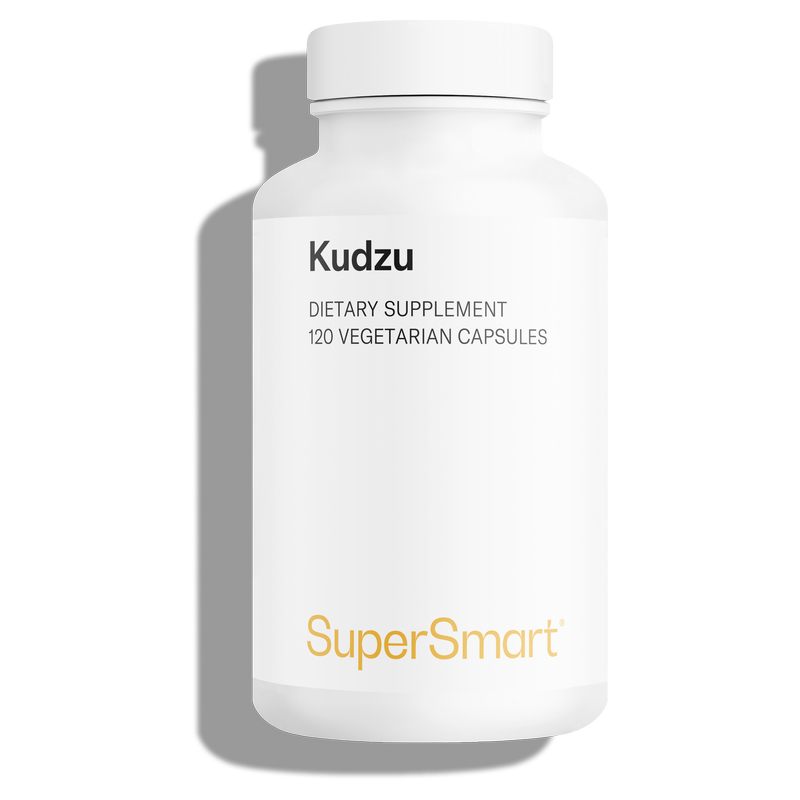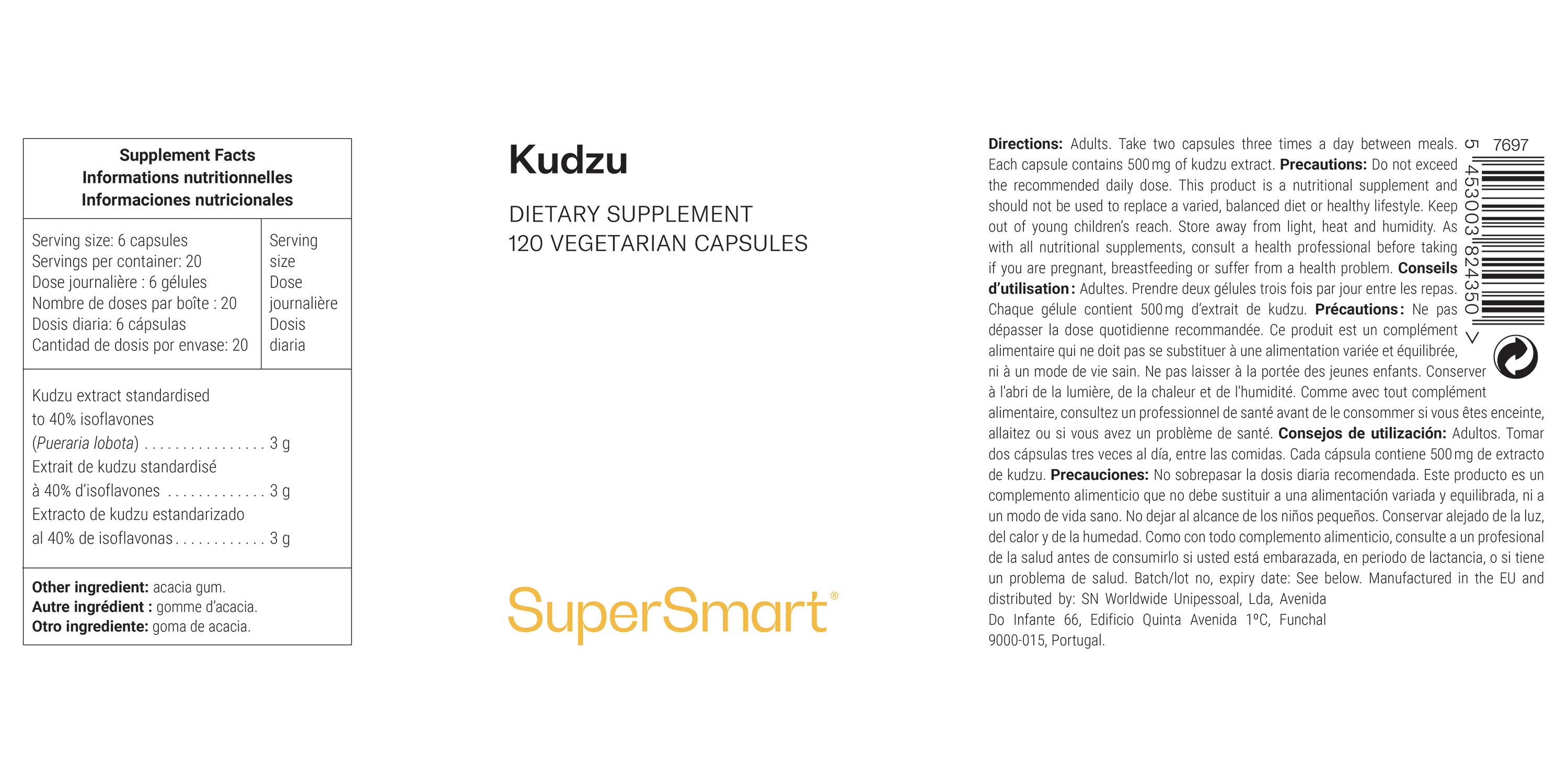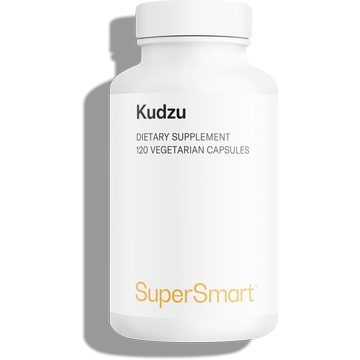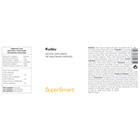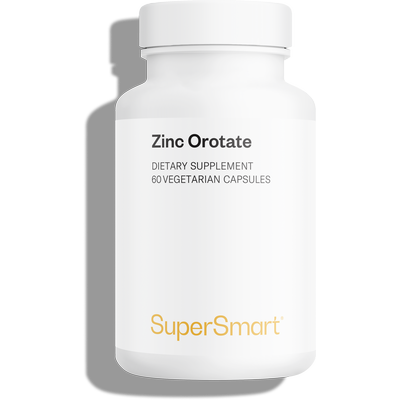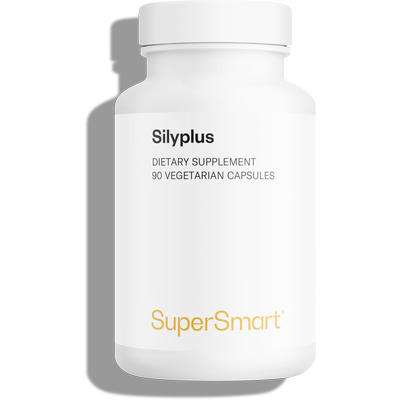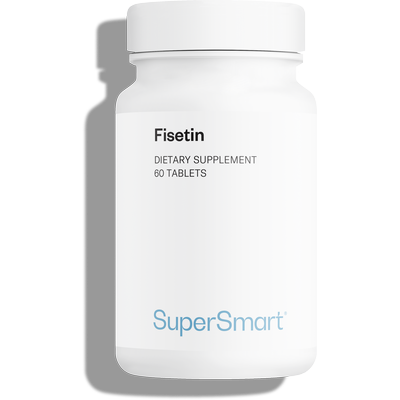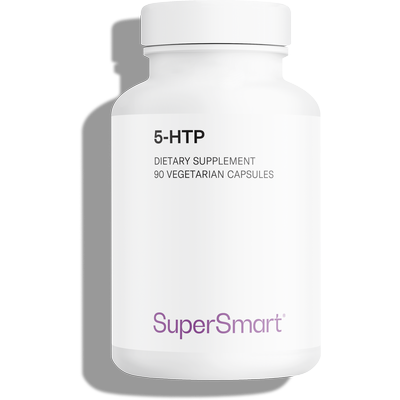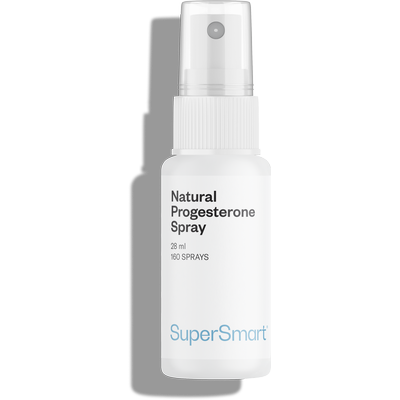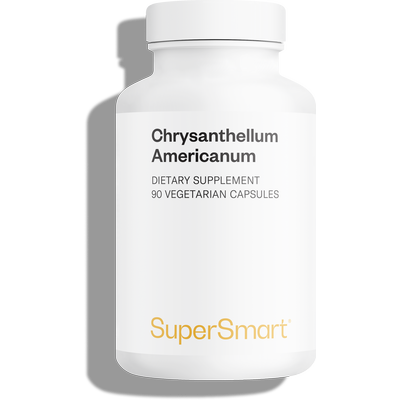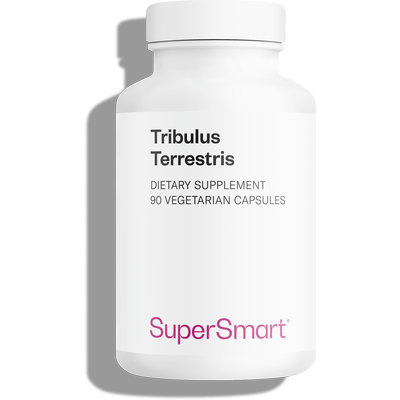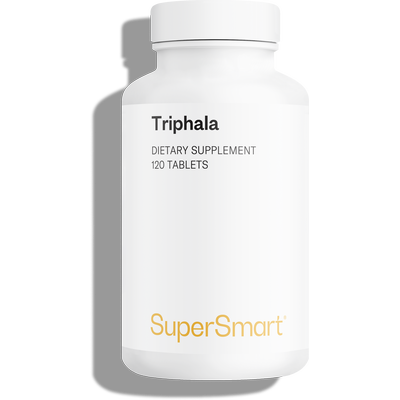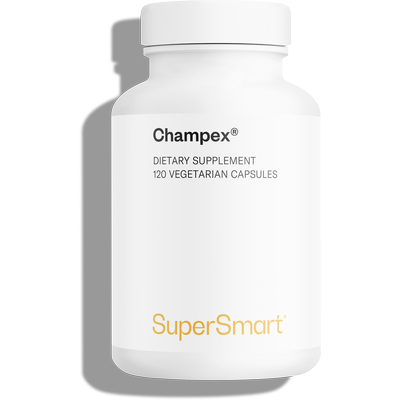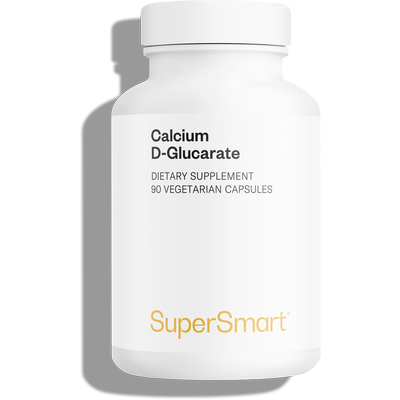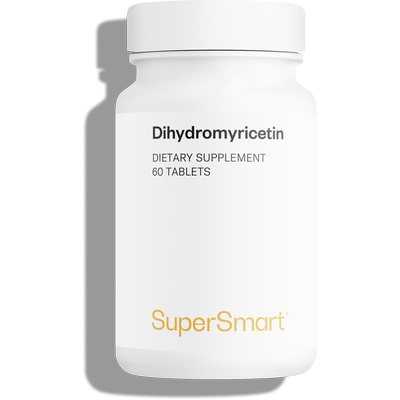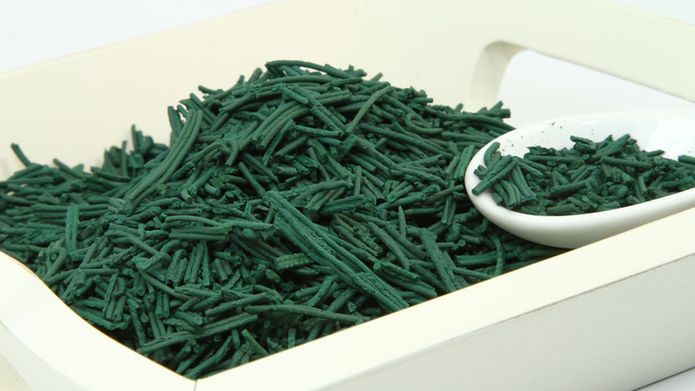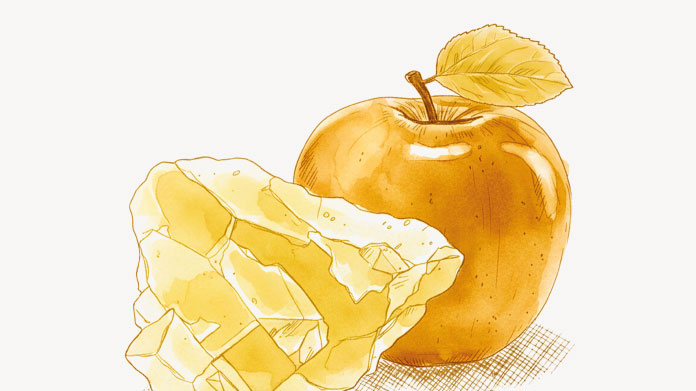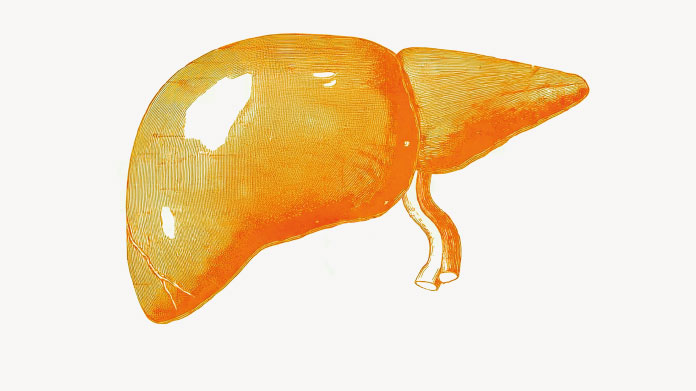Complete your selection
Kudzu is a herbaceous plant traditionally used in Asia for alleviating menopause-related problems and for easing alcohol withdrawal. Used for thousands of years, it one of 50 essential plants used in traditional medicine.
What are the benefits and properties of the kudzu plant?
Reduction in alcohol consumption
Research suggests this benefit may be linked to the plant’s daidzin content. Two theories have been expounded to explain its mechanism of action:
1) Daidzin may act by inhibiting the metabolism of acetaldehyde, the toxic substance produced when alcohol is broken down. As a result, acetaldehyde may accumulate in the body, causing the unpleasant effects associated with alcohol consumption (1). Over time, these effects may result in an aversion to alcohol.
2) Daidzin may intervene in a mechanism that’s still poorly understood, involving several compounds that control alcohol consumption such as serotonin (5-HT) and dopamine (2). According to this theory, kudzu may be relevant for other types of addiction, particularly smoking.
Excessive alcohol consumption and chronic alcoholism are significant public health issues that now affect most of the world’s regions. They have serious consequences for health and society. What’s more, no medication has yet demonstrated genuine efficacy at treating alcoholism. Currently-available drugs act through aversion, with the aim of dissuading people from drinking alcohol, and have a number of side-effects.
Alleviation of menopause-related problems
Several epidemiological studies suggest that foods containing isoflavones such as kudzu have a positive effect on a number of menopause symptoms (3). Kudzu root is undoubtedly rich in phytoestrogens; indeed the French Agency for Food, Environmental and Occupational Health & Safety (ANSES) has judged its content of these compounds to be sufficiently high as to offer benefits in treating problems related to oestrogen deficiency in post-menopausal women (4).
What does kudzu actually contain?
Kudzu primarily contains isoflavones, including daidzein, genistein, formononetin, daidzin and puerarin. The latter is the most abundant compound in the plant’s root along with daidzin which is also found in soya beans. It also contains various triterpene saponosides such as soyasapogenols A and B (also found in soya) and kudzusapogenols A and C.
What is in Kudzu extract
Any questions?
Our team of nutrition experts and scientists has the answers.
Several clinical trials have confirmed the safety of kudzu, with no evidence of particular side-effects. However, it’s important to choose standardised extracts with a validated isoflavone content specification, as is the case with Kudzu Extract.
The oldest known reference to kudzu is in Shih Ching, a collection of Chinese songs and poems written more than three thousand years ago (5). It is also one of the plants mentioned in the book ‘The Divine Farmer's Materia Medica’ (Shen Nung Pen Ts’ao Ching), considered to be the first Chinese pharmacopoeia and the basis of subsequent study of traditional Chinese plants (6).
Kudzu also features in the books ‘The Shang Han Lung’ (Treatise On Cold Damage Disorders) dating from the 11th century, in Bei Ji Qian Jin Yao Fang by the celebrated doctor Sūn Sīmião, and in the Treatise on the Spleen and Stomach from the 13th century, in which kudzu is indicated for preventing alcohol abuse (7).
It is also mentioned in the 16th century ‘Compendium of Materia Medica’ in relation to treating alcohol poisoning.
Traditional Chinese medicine is one of the world’s oldest and most complex systems of disease prevention and treatment. It combines manual techniques (such as acupuncture and massage) with diet, exercise and the use of medicinal plants, drawing on age-old empirical evidence. Close to 90 pages of the Japanese encyclopaedia Kojiruienare devoted to it.
Kudzu root is harvested between October and April, after which it is washed, de-husked and cut into 10cm pieces before being dried, reduced into powder, standardised to 40% isoflavones and then encapsulated.
Taking kudzu in capsule form avoids the problem of its bitter, slightly acidic taste, and ensures a guaranteed content of active ingredients.
Updated: 30/07/2018 Image Credit : Lee Coursey
Notes
This product should not be used to replace a varied, balanced diet or healthy lifestyle. Follow the advice on use, the recommended daily dose and the use-by date. Not recommended for women who are pregnant or breastfeeding, or for children under 15. Keep out of young children's reach. Store in a cool, dry place.
We recommend taking 1500mg-3000mg of standardised extract of kudzu a day, comprising at least 8% isoflavones, which corresponds to 3-6 capsules of Kudzu Extract.
This dose is suitable for quitting smoking (withdrawal) or curbing alcohol consumption.
Kudzu is known by many different names across the world:
- Gé, Ko (China)
- Kuzu, Yoshino kuzu (Japan)
- Ch'iri kkot, Chik (Korea)
- Tamyakhrua, Phakpeetpe (Thailand)
- Cát cán (Vietnam)
- Bitok (Malaysia)
- Tobi, Bitok (Indonesia)
- Baai, Tahaunon (Philippines)
- Wa yaka, Yaka, Nggariaka (Fiji)
- Baite, Bala, Magnania (New Caledonia)
- Horon (Papua New Guinea)
- Kudzu, Kudsu, One-foot-a-night-vine (United States).
Its Latin name is Pueraria lobata or Pueraria montana (var lobata).
This product’s capsules are made of pullulan, a natural polysaccharide obtained by fermenting tapioca or corn. Pullulan contains no animal ingredients and provides an excellent barrier to oxygen, helping to preserve the integrity of the capsule’s ingredients. It is also an eco-friendly alternative to synthetic materials.
october 31 2025
may 28 2025
november 3 2024
Parece que cumple expectativas
It seems to meet expectations
 see the translation
Translated by SuperSmart - see the original
see the translation
Translated by SuperSmart - see the original
september 30 2024
J'attend pour l'instant je n'est pas de diminution de quoi se soit
I'm waiting for now, I haven't noticed any reduction in anything.
 see the translation
Translated by SuperSmart - see the original
see the translation
Translated by SuperSmart - see the original
april 23 2024
"YES" pour aider a arrêter l'alcool
"YES" to help stop alcohol
 see the translation
Translated by SuperSmart - see the original
see the translation
Translated by SuperSmart - see the original
Need help?
You may also like

